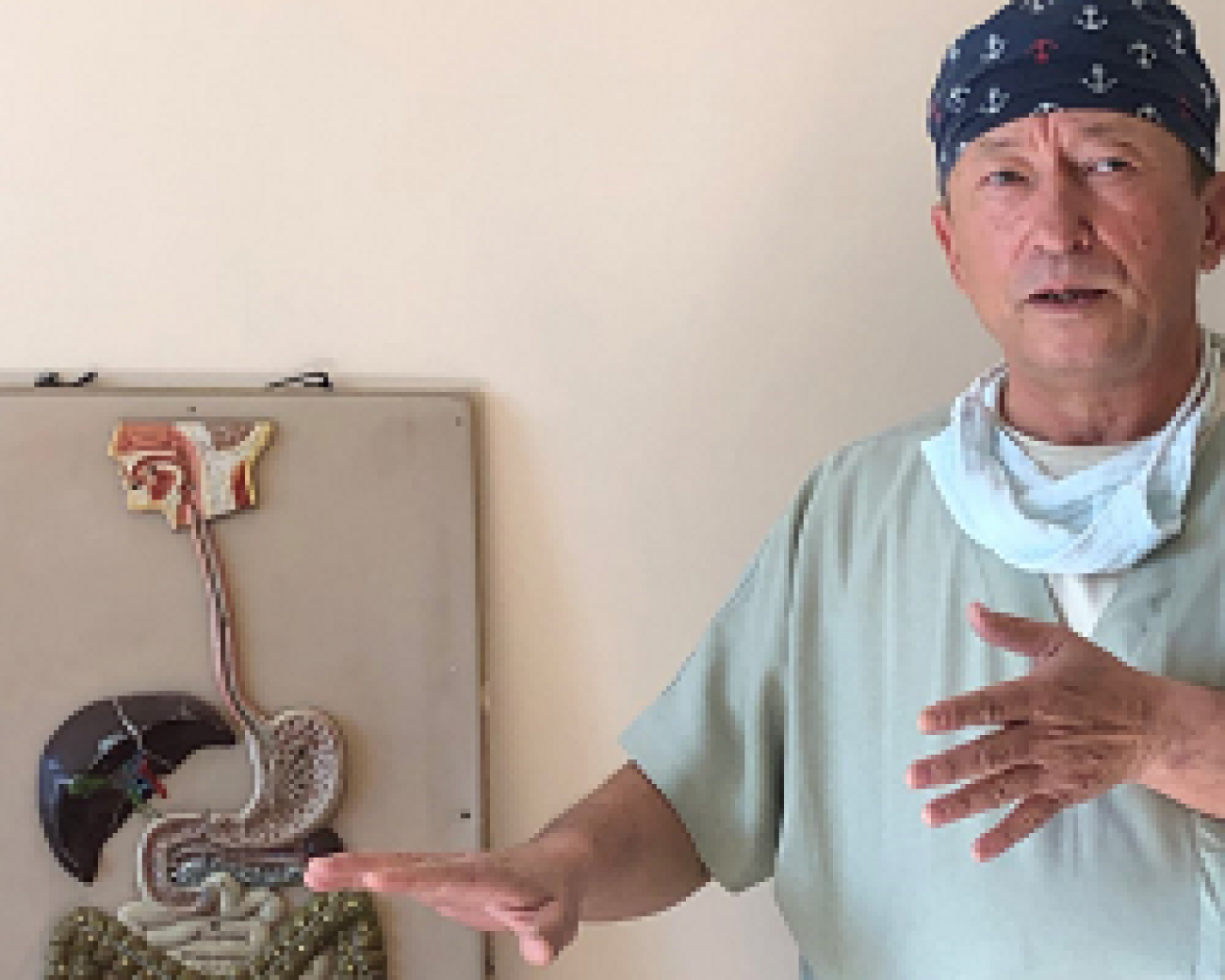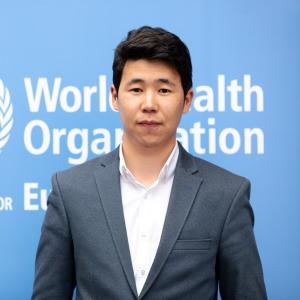Kyrgyzstan is facing a serious challenge from antimicrobial resistance, in common with the rest of the WHO European Region. However, an encouraging example of action to keep antibiotics working is being set by the surgical department of Tokmok Territorial Hospital.
Under the leadership of surgeon Dr Muratbek Muhambetov, the hospital has achieved measurable improvements by implementing perioperative antibiotic prophylaxis (PAP) guidelines. These guidelines govern the way that antibiotics are given before surgery to prevent infection. Previously, in many settings, antibiotics were given for 3–10 days before surgery. This is no longer recommended; under the new guidelines a single dose is given intravenously shortly before surgery.
A rational approach to preventing surgical infection
Over the past 5 years, Kyrgyzstan has taken the 2014 WHO PAP guidelines and adapted them to local needs. For Tokmok, a town of some 50 000 people, which nestles in the Chuy Valley east of the capital Bishkek, this has meant optimizing the use of antibiotics guided by the principles of evidence-based medicine. The hospital has 36 beds, providing emergency care for various conditions, ranging from intestinal obstruction to ectopic pregnancies.
Using fewer antibiotics in this way has not led to higher rates of infections or complications, rather it has significantly reduced surgical site infection rates. In addition, it has minimized the effect of antibiotics on normal intestinal microflora and reduced the likelihood of adverse drug reactions.
Championing the fight against antimicrobial resistance
Dr Muhambetov, who has worked in the hospital for more than 28 years, holds the highest qualification in surgery and has received an Excellence in Healthcare award of the Kyrgyz Republic, has been an enthusiastic champion of PAP, convincing colleagues and leading by example.
According to Dr Muhambetov, his colleagues were less than enthusiastic at first, but ultimately, they were won over by the evidence. “I believe other clinical teams need to switch to PAP,” he explains. “And it is also important to remember that PAP guidelines require regular updates, because wound infections change their resistance patterns over time. Regular monitoring is also vital.”
Dr Muhambetov also strongly advocates for having a plan for which antibiotics to use, avoiding the broad-spectrum antibiotics that were favoured in the past.
“During surgical interventions, it is essential to have a first-line drug and a reserved drug,” he explains, referring to the different categories of antibiotics used in different situations to minimize the development of resistance. “Every surgical patient undergoes PAP. In the event of complications, the targeted antibacterial therapy is continued. The mortality rate is 0.1% regardless of the nature of the surgery.”
“This inspiring example of good practice from Tokmok shows what can be achieved by following evidence-based protocols,” says Dr Danilo Lo Fo Wong, Programme Manager for Antimicrobial Resistance at WHO/Europe. “Perhaps most powerful of all is the effect of a champion like Dr Muhambetov explaining what needs to be done with such dedication.”



